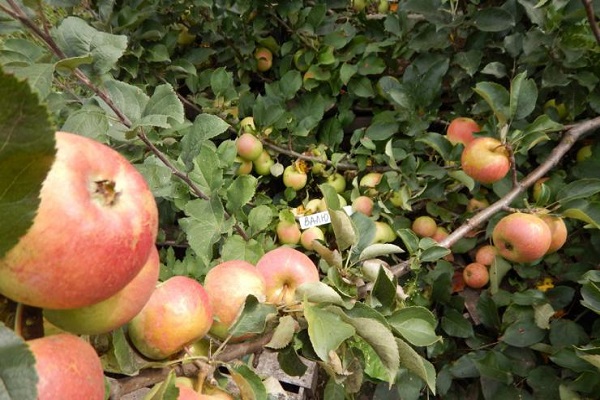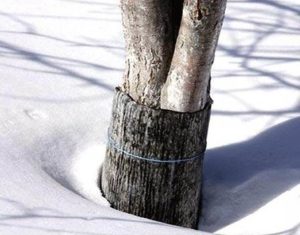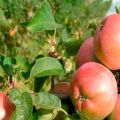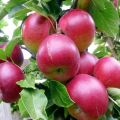What varieties of apple trees are better to plant in the Urals, features of choice and characteristics of species
Modern advances in agronomic and breeding fields allow gardeners to grow apples in various climatic conditions. Even residents of northern regions with low air temperatures can plant apple varieties in the garden for the Urals. Before planting such Ural varieties, it is recommended that you familiarize yourself with their features in advance.
General characteristics of the Ural apple trees
The Urals are considered a special region, which differs from many in its climatic conditions. In this territory, severe and long winters, short and cold summers, constant temperature drops. All these features of the climate have a negative effect on the growth and productivity of plants. Therefore, the apples that will be grown in this region must have certain properties. Ural varieties have the following distinctive features:

- resistance to frost, which manifests itself in winter and spring;
- rapid recovery of trees after exposure to low temperatures;
- a robust immune system that protects apple trees from scab and common diseases;
- unpretentious care;
- good tolerance to high summer temperatures;
- resistance to droughts and dry soil;
- rapid ripening of fruits, due to which apples ripen within 30-40 days.
Also, the storage duration of their varieties is attributed to the characteristic features of the Ural varieties of apple trees. On average, these fruits are stored for about two months after harvest.
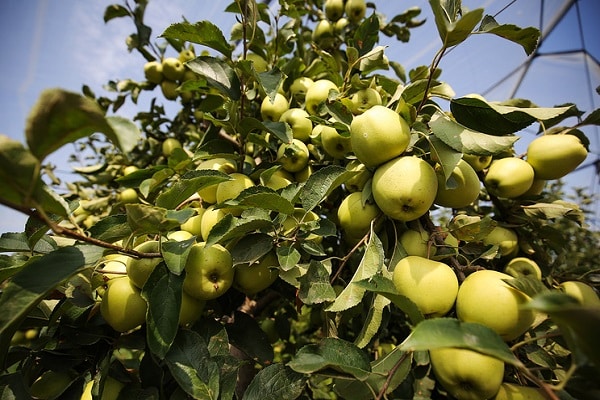
Main groups of varieties
All types of apples that can be grown in the Urals are divided into three groups of varieties. It is recommended that you familiarize yourself with them in advance to find out their distinctive features.
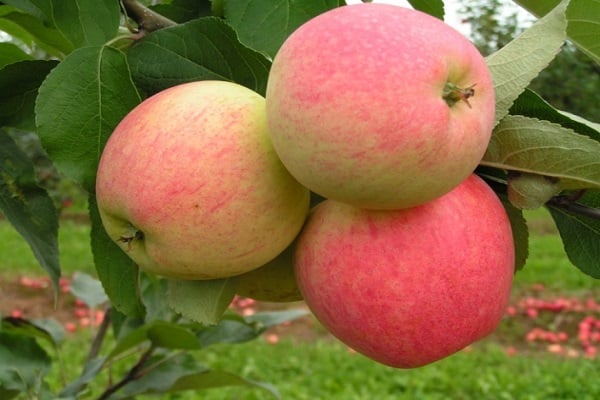
Summer
To get ripe apple fruits in the first half of summer, it is recommended to plant just such varieties. Summer plants are distinguished by drooping thin shoots, which are colored olive with a brown tint. The trees are covered with leaves of medium size and oval shape.
The fruits are conical and small in size. At first, they are painted greenish, but after ripening, a light bloom appears on their surface. The fruit skin is soft and has a smooth, non-rough surface. The ripe crop is juicy and sour in taste.
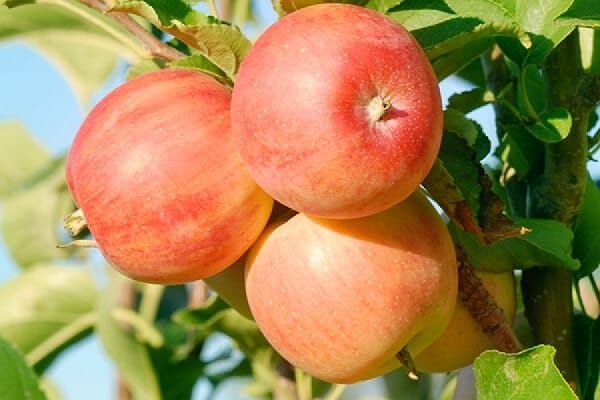
Winter
Ural apples are referred to as winter apples, the harvest of which, after being harvested, can be stored until the end of winter or the beginning of spring. This storage time is due to the fact that the harvest is not fully ripe.
It is during storage that the fruits begin to ripen and acquire the aroma characteristic of ripe apples.
Often the fruits of winter varieties grow to medium size. However, if you grow them in optimal growing conditions, you can get a large harvest. The apples are covered with a dense, smooth skin and have a rounded shape. The pulp has a greenish tinge and excellent taste with a sweetish taste without sourness.
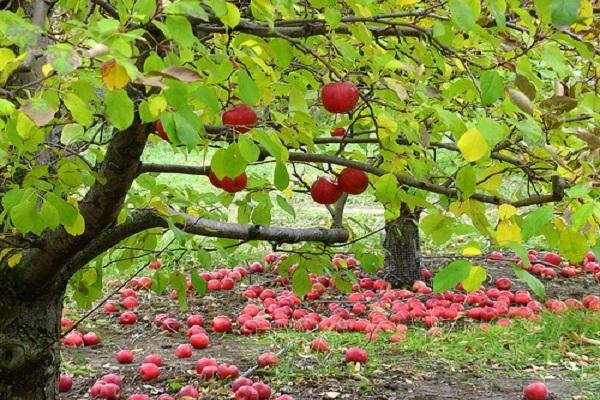
Dwarf
Gardeners with small plots are more likely to grow stunted plants that do not take up much garden space. The characteristic features of dwarf apple trees include their height. Most plants grow up to one and a half meters. However, if grafted varieties are grown, they will not grow higher than one meter.
The disadvantages of dwarf apples include the frequency of their fruiting. They begin to yield crops only 4-5 years after planting in the garden.
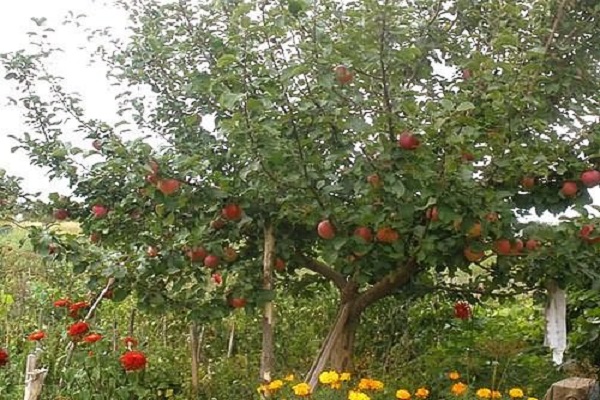
The best apple trees for the Urals
Before planting apples in the Urals, you should familiarize yourself with the varieties that are intended for planting in this region. There are several varieties that grow better than others in cold climates.
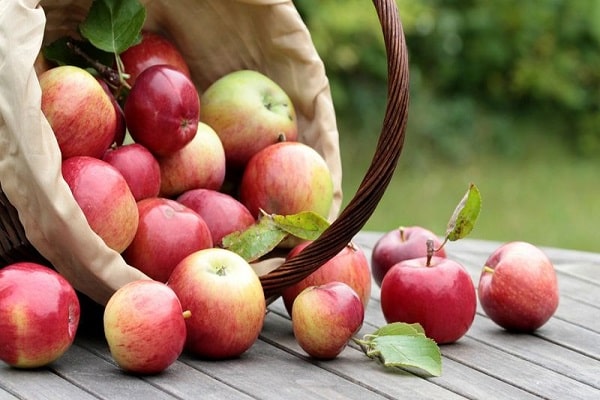
Aport
Gardeners consider this type of fruit legendary, since many other Ural varieties were bred from it. The advantages and main features of the Aport include its huge fruits. Ripe apples grow up to 300-400 grams if grown outdoors. In greenhouses with a constantly maintained temperature, their weight can increase to 700-800 grams.
Each Aporta tree planted will yield crops for 30-45 years. Moreover, the first crop can be harvested only 5-7 years after planting. The collected apples are stored for five months.
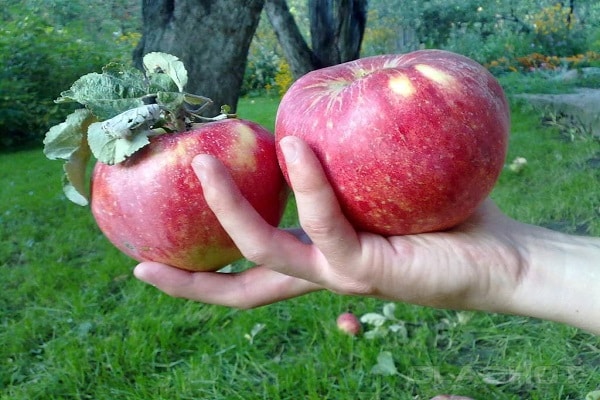
People's
Lovers of compact trees should pay attention to apples folkthat grow up to three meters. The variety belongs to the autumn varieties of apples with late ripening. The harvest will ripen only 3-4 months after planting. The plant is intended for cultivation in the central part of the Urals. In the northern regions, it is better to grow trees in greenhouses.
The fruits are not very large, as their weight is 140-150 grams. From above, the apples are covered with a yellow skin, which turns golden after ripening.
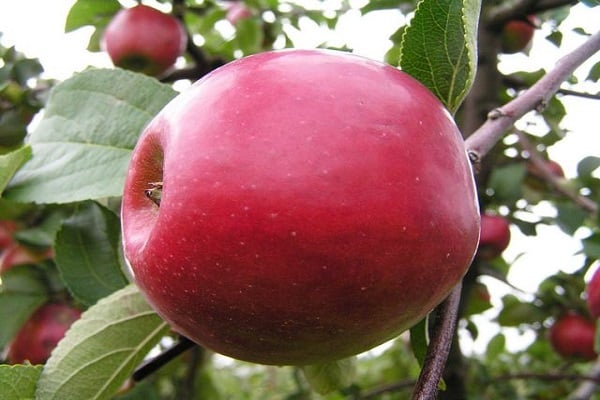
Bashkir
This is an old variety that began to be actively cultivated in the northern regions of the country in the first half of the twentieth century. Its main advantages include high yield and resistance to low temperatures. Also, trees cope with fungal pathologies and pests.
The harvest of Bashkir apples is fully ripe in early September or in the second half of August. The fruits are small and weigh only 80-90 grams. Not everyone will like the taste of ripe apples, since there is a slight bitterness in their sweetish aftertaste. Because of this, housewives often refuse to use them to make jam.
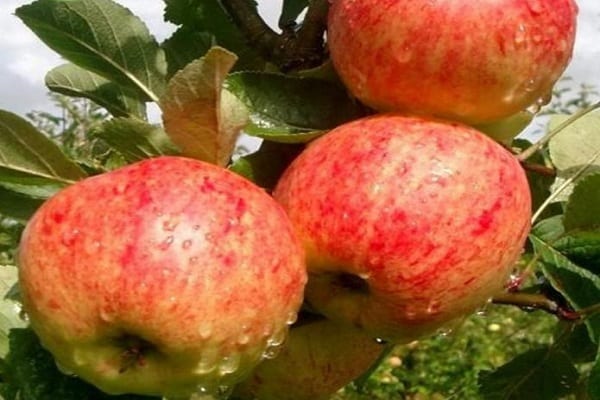
Sverdlovsk
The apple tree belongs to high-yielding and early-ripening plants, the fruits of which have time to ripen in 35-50 days. The trees have a rounded crown and grow up to 4-5 meters.
The main advantage of Sverdlovskaya is the size of ripe apples, the weight of which reaches 150-200 grams. Sometimes on trees you can find specimens that grow up to 250 grams. The fruits of the Sverdlovsk region are distinguished by dense granular pulp with a sour taste. For the first time, harvesting is done 8-9 years after planting in the garden. The harvested fruits are stored for at least 7-8 months.
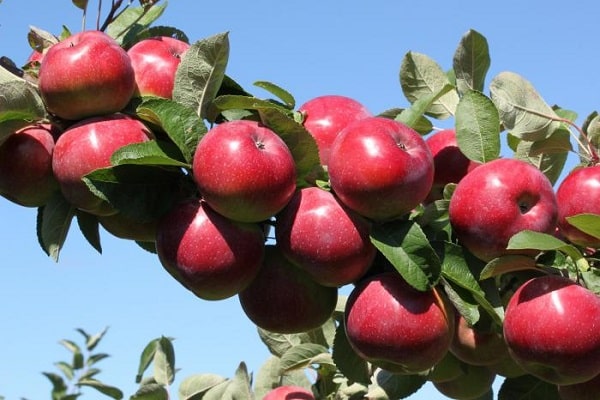
Zhigulevsky
Gardeners appreciate Zhiguli apples for their resistance to common diseases and good yields. Also, the pluses of the fruit include the taste of its fruits.They have a juicy pulp with a sweetish aftertaste and slight sourness. Fruit picking is carried out in the first half of autumn or in the last days of August. The collected fruits can be stored in the cellar for up to six months.
The trees of the variety are poorly protected from low temperatures and sudden temperature changes. Therefore, experienced gardeners are advised to grow them in greenhouses to increase yields.
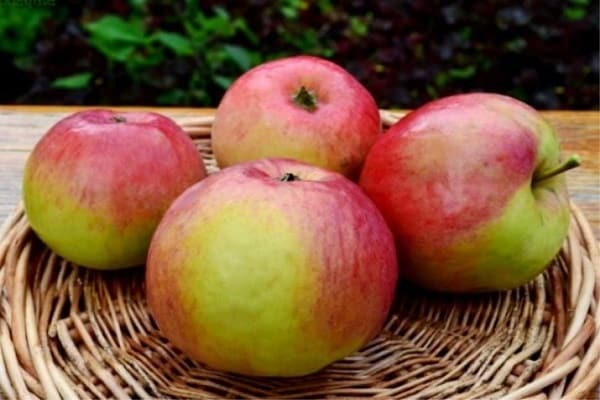
Nastenka
In the harsh climate of the Urals, they grow well apples Nastenkathat tolerate temperature changes without problems. The advantage of the variety is considered to be large fruits, the mass of which reaches 150-180 grams. They are oval in shape and covered with a matte skin with a reddish tint. Nastenka's pulp is distinguished by its high density, sweet taste and pleasant aroma.
Ripe fruits are harvested in mid-July, when a blush appears on their surface. The crop must be stored in a cellar with a temperature of 12-15 degrees. Under these conditions, fruits can be stored for about 2-4 months.
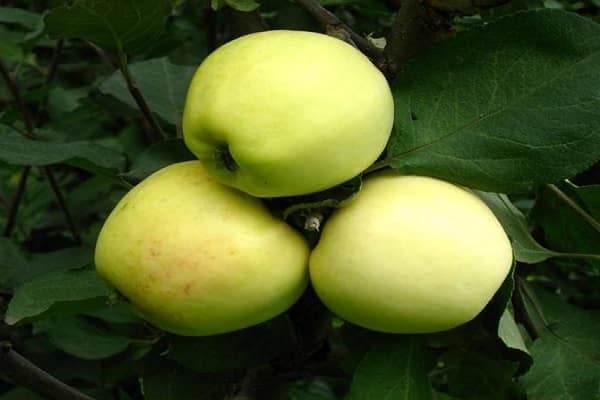
How to choose the right variety?
It is recommended to familiarize yourself in advance with the peculiarities of choosing a variety of apple trees for planting. During the selection, attention is paid to the growth strength of the trees. For example, a vigorous apple tree that grows up to ten meters is suitable for a large garden. For smaller plots, low-growing and medium-sized plants with a height of 3-6 meters are chosen.
You should also take into account the winter hardiness of seedlings, since resistance to low temperatures depends on this. It is best for the inhabitants of the Urals to plant varieties with a high level of winter hardiness, since this region has a cold climate.
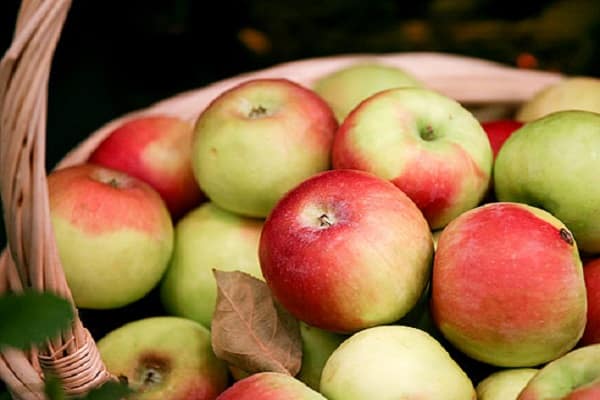
Conclusion
Growing apple trees in the Urals is difficult due to the peculiarities of the climate, and therefore many gardeners have difficulties with this. It is necessary to familiarize yourself in advance with the Ural varieties of apples that grow well at low temperatures, and choose the most suitable variety for planting from them.
